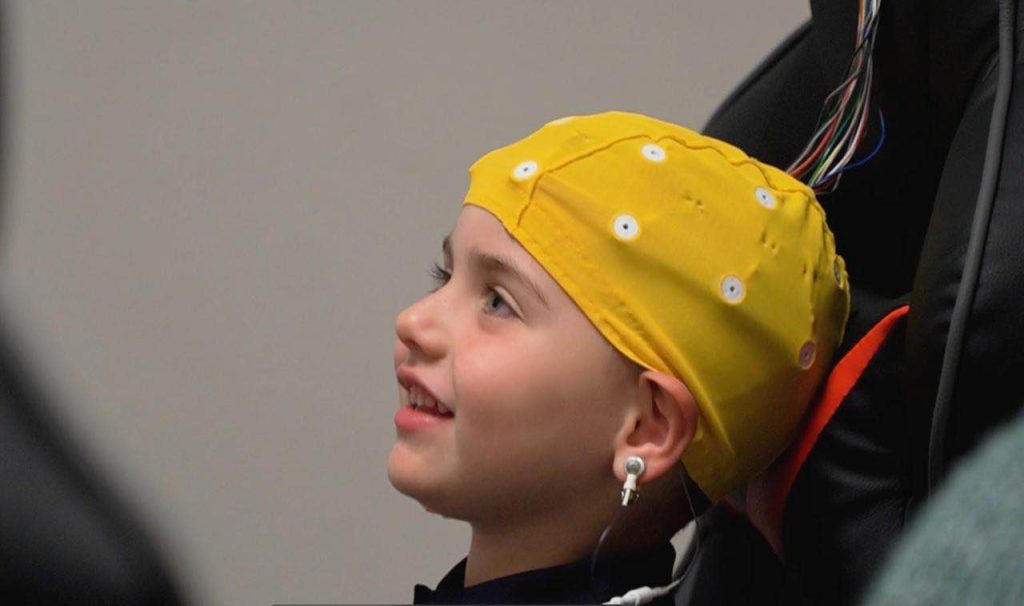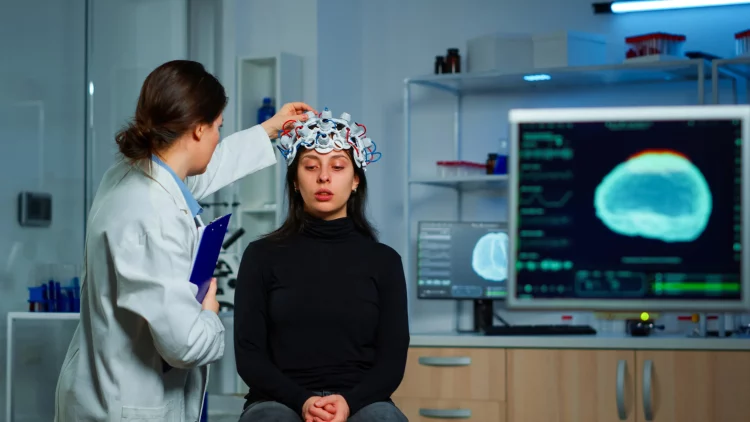Bridging Neuroscience and Holistic Healing
The quest for holistic healing often draws on ancient wisdom, spiritual practices, and intuitive approaches to health and wellness. However, the rise of personalized brain mapping technologies, particularly those based on electroencephalography (EEG), offers new frontiers for holistic practitioners eager to integrate scientific insights into their methodologies. By providing objective data on brain activity, these tools open up possibilities to identify and address subtle energetic imbalances, commonly described as energy blocks or chakra disruptions, through a modern neurological lens.
Understanding Personalized Brain Mapping and EEG
Personalized brain mapping refers to the use of EEG and other neuroimaging techniques to create a detailed profile of an individual’s brain activity patterns. EEG measures electrical impulses generated by neurons firing in the brain, capturing brain waves across various frequency bands such as delta, theta, alpha, beta, and gamma. These patterns are then analyzed to provide insights into cognitive states, emotional regulation, and neurological health.
While traditionally used in clinical neurology and psychiatry, EEG brain mapping has found a novel role in wellness circles. By translating brain wave data into actionable information, practitioners can pinpoint areas of dysregulation or hyperactivity that may correlate with emotional or energetic disturbances. This objective data complements the subjective experience of clients, enabling a more nuanced approach to healing.
Energy Blocks and Chakras: A New Framework for Brain Activity
Holistic healers have long worked with the concept of chakras—energy centers believed to govern physical, emotional, and spiritual health. Traditionally described in metaphysical terms, chakras correspond to specific bodily locations and are thought to influence emotional well-being and vitality. Energy blocks within these chakras are said to manifest as physical or psychological ailments.
Personalized brain mapping offers a unique opportunity to explore these ancient ideas with a neuroscientific lens. For example, EEG patterns associated with particular brain regions might correspond to disruptions in the energy flow traditionally linked to certain chakras. Elevated beta activity in the frontal cortex could indicate stress or anxiety related to the third-eye chakra, while irregular alpha rhythms in temporal lobes might be interpreted as emotional blockages linked to the heart chakra.

By correlating brain wave activity with energy centers, holistic practitioners can develop tailored protocols that integrate neurofeedback, meditation, breathwork, or sound healing aimed at restoring both neurological balance and energetic harmony. This approach fosters a dialogue between the measurable brain and the intangible energy body.
Neurofeedback and Energy Healing Synergies
One of the most promising applications of EEG brain mapping in holistic healing is neurofeedback—a technique that trains individuals to regulate their brain activity through real-time feedback. Neurofeedback can be customized using personalized brain maps to target specific dysfunctions or imbalances. For holistic healers, neurofeedback represents a bridge between science and spirituality, offering clients a way to self-modulate their mental states while honoring their energetic frameworks.
Combining neurofeedback with chakra-focused therapies enhances the potential for integrative healing. For instance, a client struggling with chronic emotional distress linked to the solar plexus chakra may receive neurofeedback sessions aimed at calming overactive brain circuits, alongside energy work or guided visualization to unblock chakra energy. This multimodal strategy addresses both the physiological and metaphysical dimensions of wellness.
Ethical Boundaries and Considerations
Despite the exciting potential, incorporating personalized brain mapping into holistic healing raises important ethical questions. First, the accuracy and interpretation of EEG data require clinical expertise. Holistic healers without formal neurological training risk misreading data, which could lead to inappropriate treatment recommendations or neglect of underlying medical conditions.
Client privacy is another critical issue. Brain mapping generates sensitive neurological data that must be protected under confidentiality agreements. Holistic practices must adopt rigorous data security protocols and ensure clients are fully informed about how their brain data will be used and stored.
Furthermore, the integration of scientific tools should not overshadow the holistic principle of treating the whole person. Over-reliance on brain maps risks reducing complex emotional and spiritual experiences to mere brainwave patterns. Maintaining a balance between objective data and subjective experience is vital.
Lastly, there is the potential for cultural insensitivity if traditional energy concepts are inappropriately mapped onto Western neuroscience frameworks without respect for their original cultural contexts. Practitioners must approach this integration with humility and openness, honoring both traditions.
Future Directions and Integration
As technology evolves, the resolution and accessibility of personalized brain mapping improve, enabling more nuanced and cost-effective assessments. Holistic healers interested in this domain can pursue interdisciplinary training, collaborating with neuroscientists and clinicians to deepen their understanding.
Workshops and certification programs that combine neurofeedback techniques with energy healing principles are emerging, offering structured pathways for integrative practice. Research studies exploring correlations between brain activity and energetic states will further legitimize this hybrid approach and provide evidence-based guidelines.
Ultimately, personalized brain mapping enriches the holistic healing toolkit by adding an empirical dimension to energetic work. It encourages healers to evolve their practice in line with scientific advances while preserving the transformative power of spiritual connection.
Conclusion: A New Frontier for Holistic Healing
Personalized brain mapping holds transformative potential for holistic healers seeking to integrate modern neuroscience with ancient energy wisdom. By providing measurable insights into brain activity that may correspond with energy blocks and chakras, EEG-based tools open pathways for more precise and personalized interventions. However, this promising intersection requires careful ethical consideration, cultural sensitivity, and a commitment to honoring both scientific and holistic paradigms. As these disciplines converge, they offer a richer, more comprehensive vision of healing—one that embraces the full spectrum of human experience from neurons to spirit.











































